Consumers can’t tell: one of these Tupperware bowls has 3,136 ppm Cadmium + 773 Mercury (both are poisons), one does not.
As a consumer you have no way to know which vintage Tupperware piece has toxic heavy metals (including Mercury, Arsenic, Cadmium, Antimony and Lead – some of which are well documented known carcinogens) and which does not.It is time for Tupperware to step in and make a public statement about this (and possibly make an unprecedented recall of their historic “vintage” toxic products – given many of these products were “made to last” and are still in regular daily use by families around the globe.)Tamara RubinEnvironmental Activist & Mother of Lead Poisoned Children
To read details about the concern for toxicants in vintage Tupperware products, I encourage you to read my original post on the subject here (and please also read all of the comments and responses on that post for the full conversation.) Thank you! [Please also scroll down to see all of the images – which include close ups with details of the item pictured.]
To see more vintage Tupperware products I have tested, click on the links below (these will be live as soon as each of the posts is up!)
When tested with an XRF instrument the larger bowl (of the two pictured here) had the following readings:
- Lead (Pb): Negative / Non-Detect (ND)
- Cadmium (Cd): 3,136 +/- 39 ppm
- Mercury (Hg): 773 +/- 21 ppm
- Arsenic (As): Negative / Non-Detect (ND)
- Barium (Ba): 4,401 +/- 113 ppm
- Chromium (Cr): 145 +/- 55 ppm
- Antimony (Sb): 61 +/- 24 ppm
- Zinc (Zn): 282 +/- 14 ppm
- Vanadium (Va): 892 +/- 203 ppm
- Titanium (Ti): 860 +/- 270 ppm
The smaller orange bowl (of the two pictured, see more photos below) was negative for Lead, Mercury, Cadmium, Antimony and Arsenic when tested with an XRF instrument. This demonstrates that at some point Tupperware was *likely* aware of the presence of toxicants in their dishware and (apparently silently) made an effort to remove them from their products.
The big problem with this is that there is absolutely no way for a consumer (you, a mom, a grandmother, a Tupperware consultant or user – a regular person, not armed with an XRF instrument) to know if their vintage Tupperware has these toxicants or not. It is my understanding that Tupperware was very public about the removal of BPA from their products in 2010, so if you MUST have Tupperware – keeping only post-2010 Tupperware might be a good place to start.
I would love to see Tupperware make this information public (the information about when they became aware that their food-use products had Lead, Cadmium, Mercury and Arsenic and when they decided to remove it from their products.] I am certain it is in their company files somewhere – and that this is discoverable information under the right circumstances.
[Note on XRF testing: XRF Testing only detects metals, not substances like BPA. Metals not listed were not detected with the XRF in consumer goods mode. Tests were done for a minimum of one-minute and confirmed multiple times. The above numbers represent one specific test results set from one single 1-minute reading (not an average of multiple tests or similar.)]
Cadmium is a known carcinogen that is often found in red or orange cookware (plastic, metal, ceramic, glass). Please click this link to read more about Cadmium toxicity. The amount of Cadmium in this bowl is quite concerning (and, I think we all know how toxic Mercury is!
The consideration here is two-fold:
- For those who are readers on my blog and NOT Tupperware users, you may not realize that these 40-plus-year-old products are still in high-frequency regular use in homes across
America. Just because they are vintage does not mean they are not in daily use today – they most definitely are, as confirmed by some of the comments (and I could have perhaps guessed, given the frankly unbelievable popularity of my original post on Facebook — which has now been shared more than 2,800 times and reached over 94,000 people in just about 24 hours [click the image here to read some of the hundreds of comments on this post on Facebook ]! - It is my understanding that common lore has supported the idea that these dishes should be considered “microwave safe”, even though they are made of plastic. This means food is being heated in the dishes and that, combined with the potential use of acidic foods in these dishes gives me quite a concern for potential leaching — especially over time…in dishes that (one reader told me) came out about 1972. Specific acidic foods of concern would include lemon juice (pretty much any juice, really), vinegar, tomato sauce, soups, etc…
As alway, please let me know if you have any questions. I will do my best to answer them personally although it may take a while due to the increased traffic on my blog.
Thank you for reading and for sharing my posts. I am not yet covering the costs of my Lead poisoning prevention advocacy and consumer goods testing work. If you are in a position to make a contribution in support of this work, please click here for my GoFundMe link, or click here if you would like to contribute via PayPal.
I can’t thank you enough for your support in this way.
Tamara Rubin
#LeadSafeMama
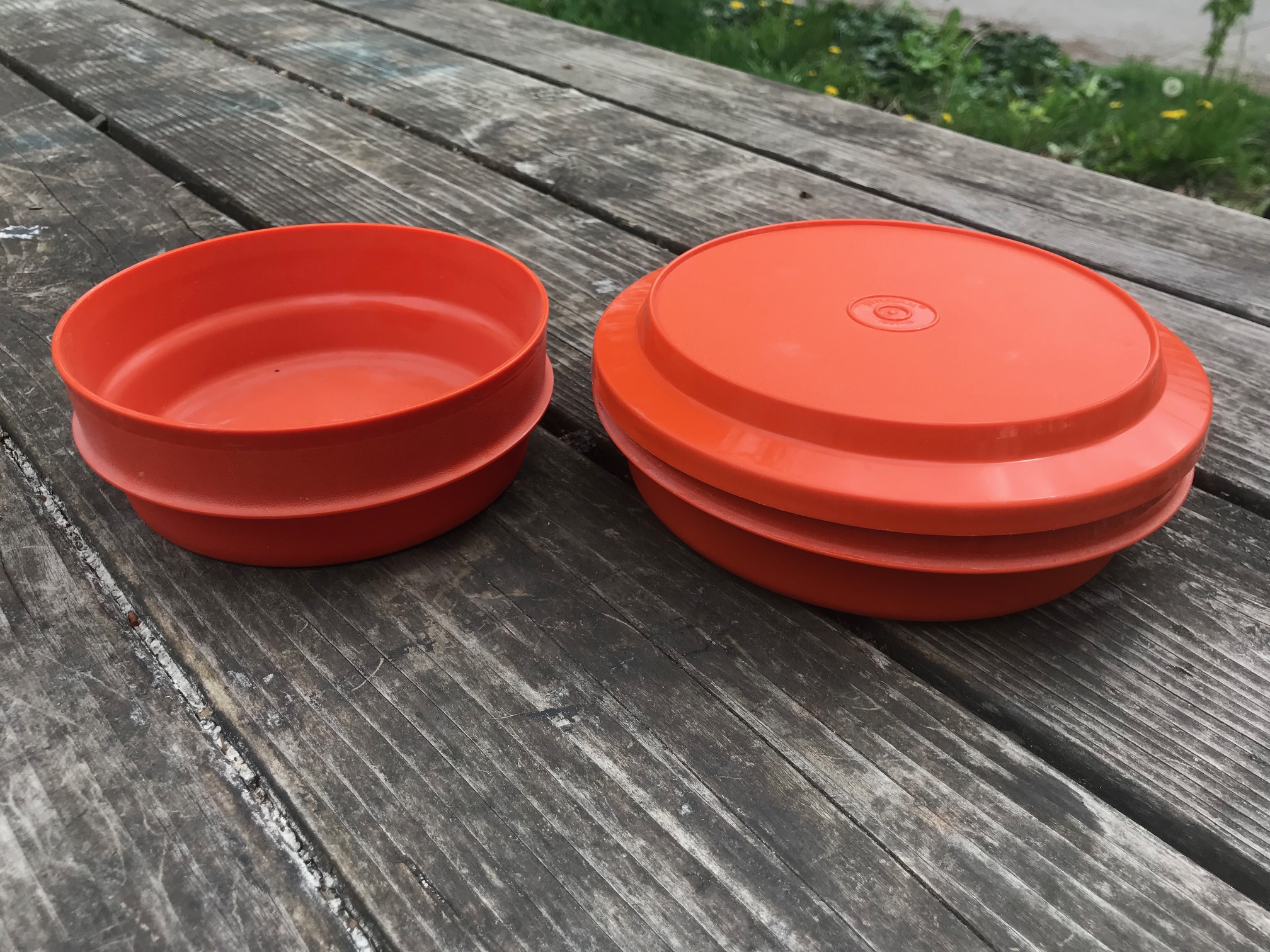
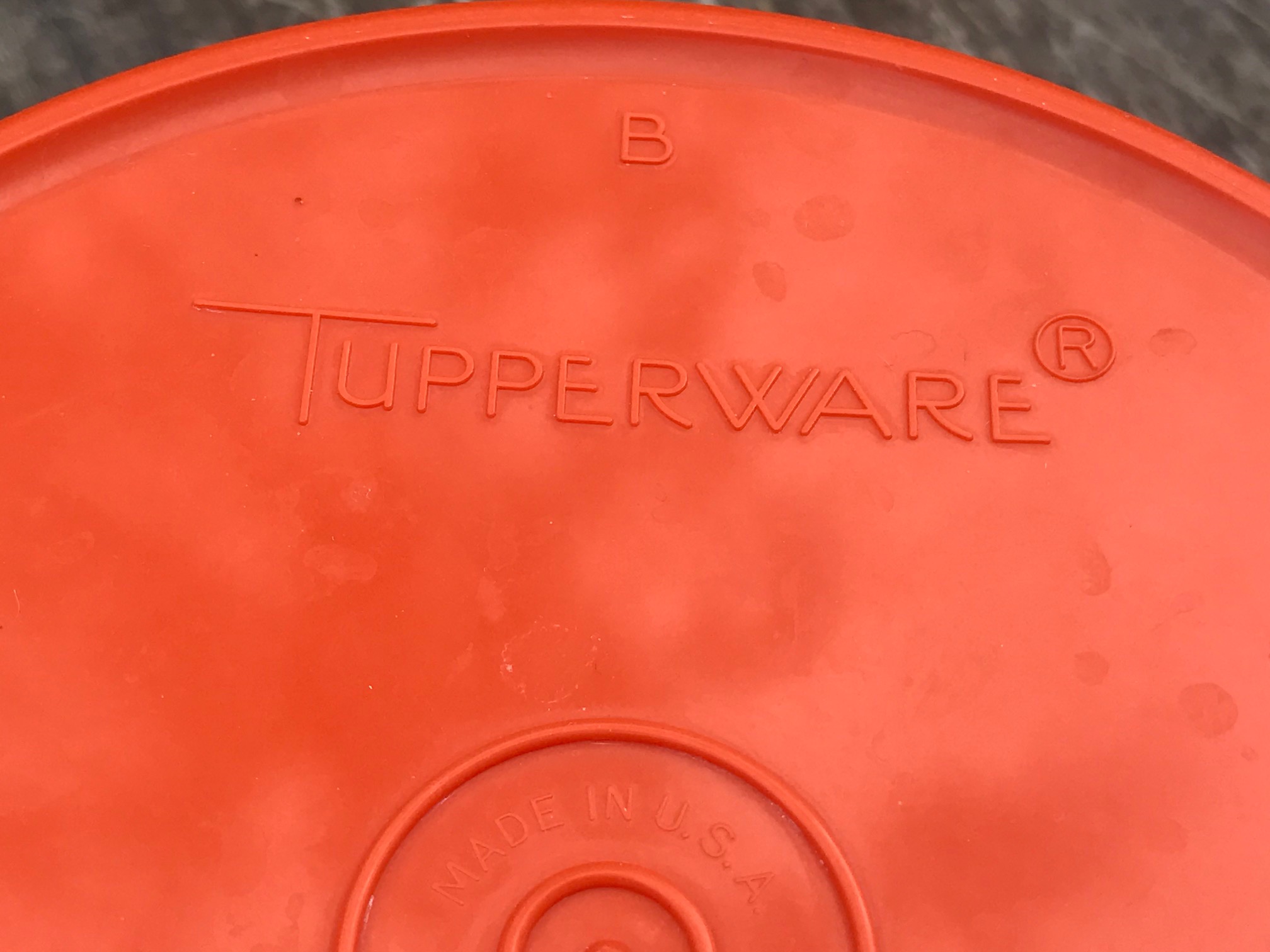
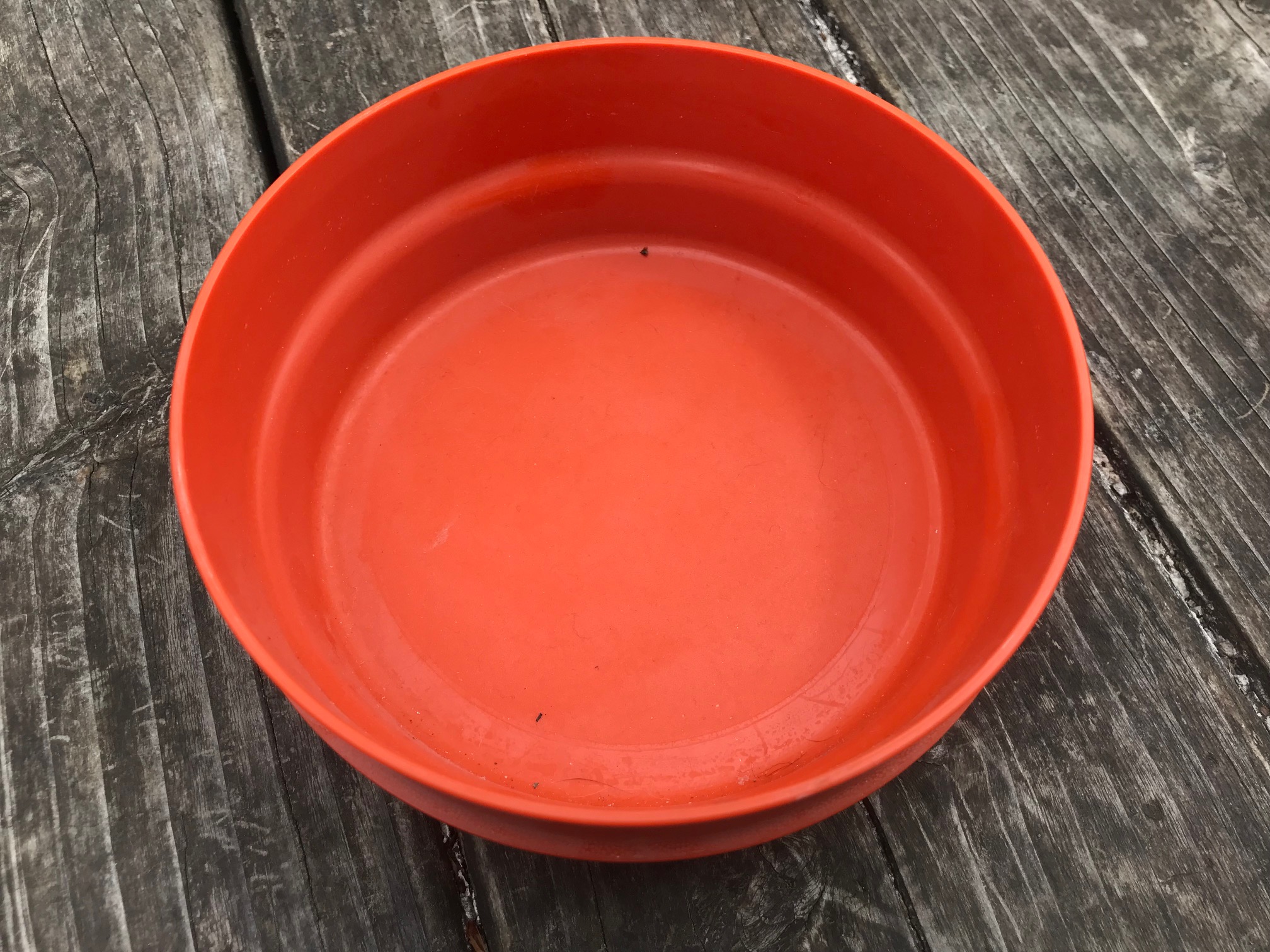
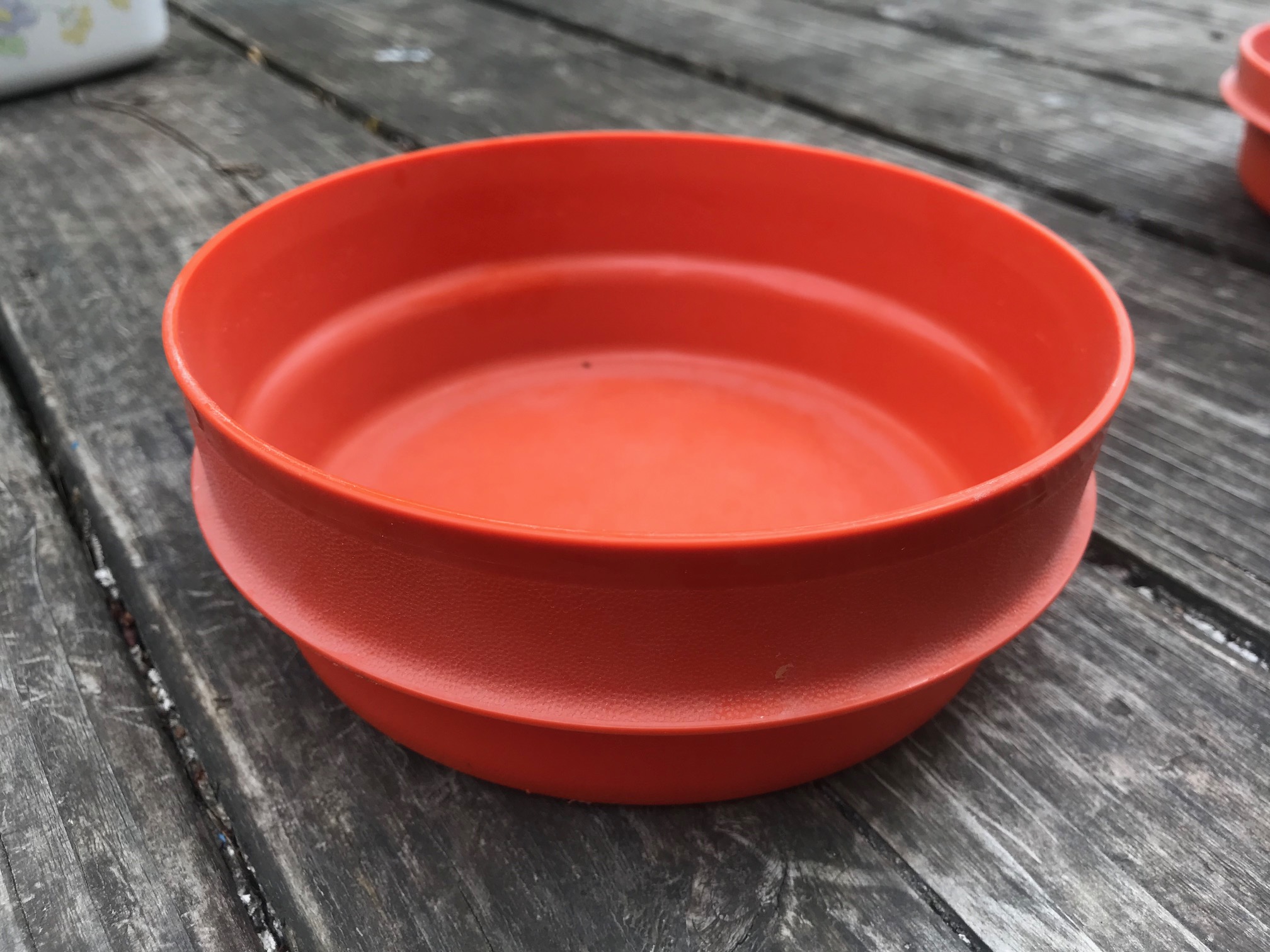
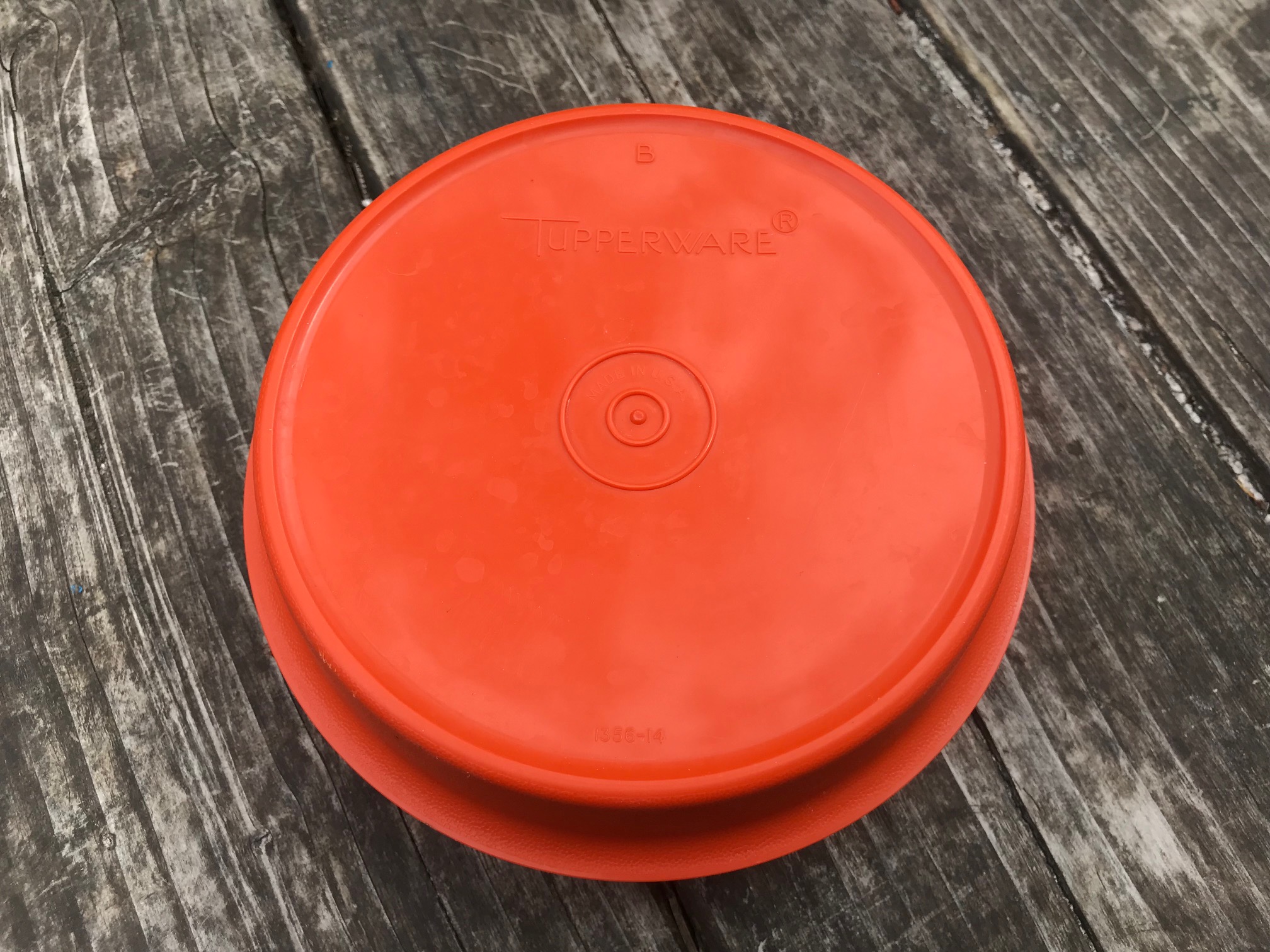
Never Miss an Important Article Again!
Join our Email List


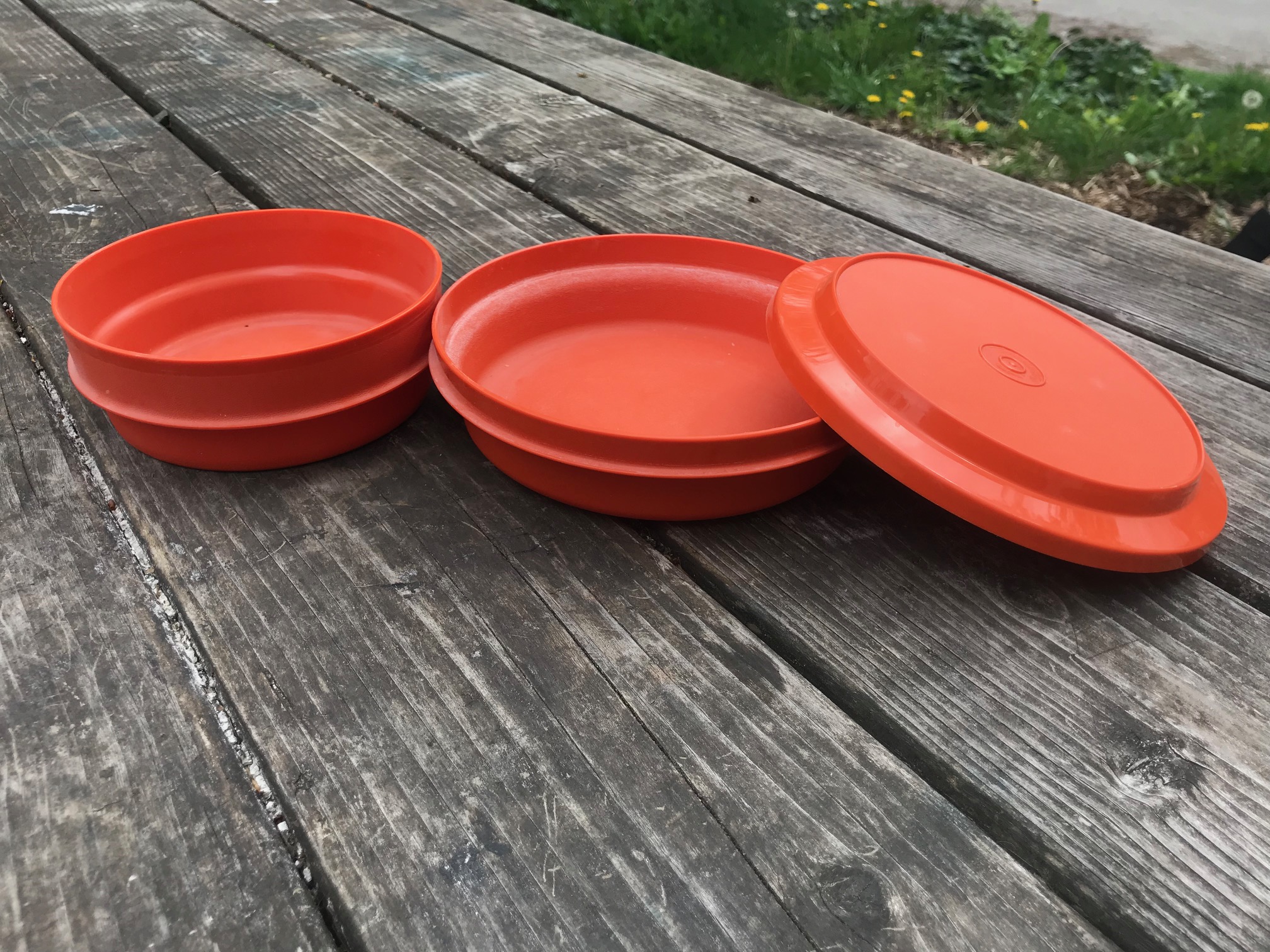

The smaller tupperware bowl with a lid makes sense not to have it. It was one of the first products tupperware made that was microwaveable. That might be a clue why .
“The smaller orange bowl (of the two pictured, see more photos below) was negative for Lead, Mercury, Cadmium, Antimony and Arsenic when tested with an XRF instrument. This demonstrates that at some point Tupperware was *likely* aware of the presence of toxicants in their dishware and (apparently silently) made an effort to remove them from their products.” Obviously there was a reason and I don’t believe it was for sinister reasons
Hi Lorraine – the larger bowl is also listed as being microwaveable.
Thank you for commenting.
Tamara
Why haven’t you tested blue Tupperware? That is the color we had the most of, and I think my sister still uses the canisters. She’s usually the one telling us what we have that might have lead….
The blue canisters and all colors of coffee mugs with lids (and tumblers, and bowls with lids, and a tea pitcher) were purchased mid’80s.
Hi Jennifer,
I test things that my readers send me to test. So far I haven’t gotten any examples of blue sent in, although I did purchase a piece of blue – but I think it was newer. I would love for someone to send in a piece of blue Tupperware where they are certain of the manufacture date – as that would give a clearer picture (than me purchasing a random undated piece at a thrift store.)
Thank you for commenting.
Tamara
I have Correlle ivy dishes I know we’re from 2000 have you tested these.